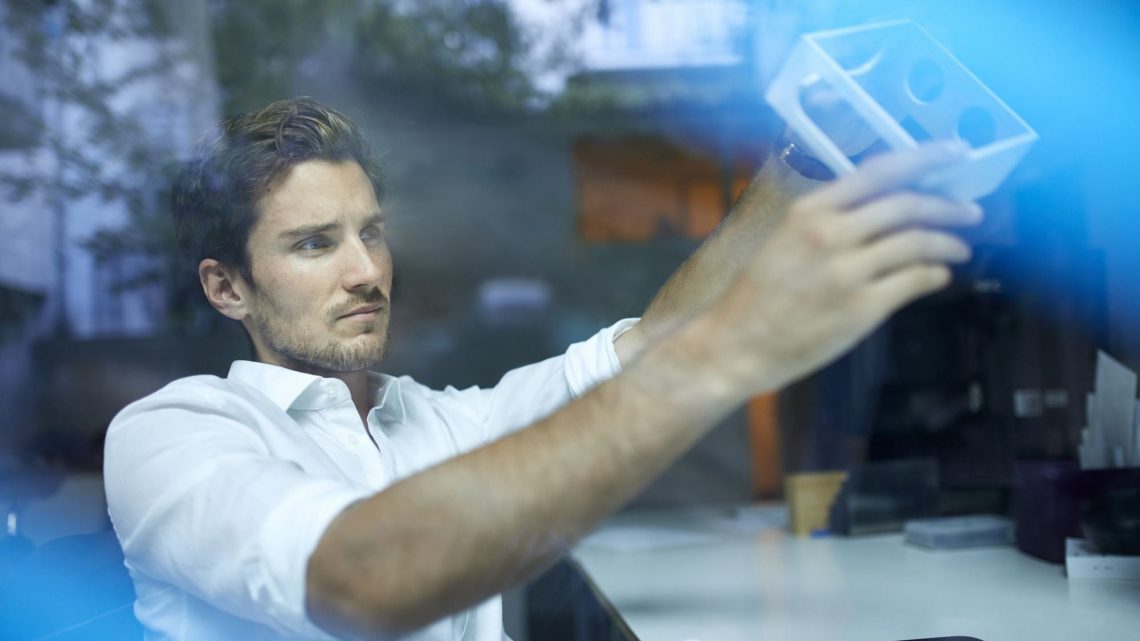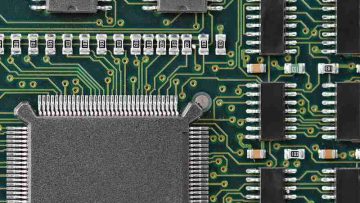Making an invention involves a lot of planning and effort. A good idea, resources, networking contacts, market expertise, and a lot of stubbornness are requirements for inventors. Research and testing for utility and possibility for real-world application are necessary to create a Successful Inventor’s product.
Speculation and Idea Generation
The ideation and brainstorming stages of the invention process are essential. Having a thorough knowledge of the issue or requirement is the first step in the brainstorming process. This is the time to investigate every alternative that might work for your invention. It’s crucial to concentrate on developing original solutions to the specific problem or new invention ideas during this time. If you require assistance, InventHelp is here to provide it.
Following the discovery of your solution, some more brainstorming and ideation exercises include the following:
- investigating trends
- surveying prospective rivals and target customers
- investigating the information at hand
- examining historical examples from current items
Studying and Developing
A crucial step in the invention process is research and development, which can take the form of engineering, design, manufacturing methods, and lab experiments. Inventors must not only improve and widen their expertise of the current technologies pertinent to their creation during this period, but also keep an eye out for potential competitors. In order to find any previous art, patents that already exist, or items that are comparable to the idea, rigorous investigation is essential.
Testing and Prototyping
The first actual gadgets are constructed during this period in order to evaluate their functionality and gather client feedback. Manufacturers need to be aware of the function, design, safety requirements, and material types related to the invention in order to produce a Successful Inventor’s prototype. It’s crucial for innovators to sketch out each of these components before starting a project that involves prototyping.
Before putting an idea into production, innovators might find any issues by testing a prototype. The objectives should be to spot any design or functionality flaws, as well as to ascertain what functions best and how user input might be incorporated into the final product design. Testing may also reveal any legal or safety issues that need to be resolved before going on the market.
Licenses and Patents
Both licencing and patenting are crucial stages in safeguarding an inventor’s concept, but they are also touchy subjects. A legal procedure called patenting gives the creator temporary, exclusive rights to make and market their invention. The inventor must demonstrate the invention’s originality, utility, nonobviousness, and lack of any prior patents in order to obtain a patent.
Licensed inventions allow for the use or production of the invention by others in exchange for a fee and are protected by contracts rather than patents. Use limits, transfer restrictions, renewal clauses, and ongoing fees are frequently included in these contracts.
When evaluating whether to patent or licence an idea, an inventor should assess their business strategy and think about what they want to gain from their work – better revenues or wider marketing reach. Some innovators have been Successful Inventor’s in securing patents and licences to safeguard their ideas, especially when starting multinational companies that demand exclusive goods or services. In order to concentrate more on production than selling rights, many inventors choose to work with businesses that specialise in licencing items.
Manufacturing and Distribution
Scaling your product to satisfy consumer demand and getting it into the hands of your customers are also part of this stage. It covers all facets of manufacturing, such as obtaining components, assembling products, producing them, and packing, labelling, and storing them. You might need to contract with outside businesses to offer these services depending on the size of your firm.
Another critical stage in launching a new product is distribution. To handle logistics such as wholesaling, transportation, and even marketing, you’ll need to identify reputable businesses or people. If you’ve chosen to self-distribute your goods, you will also be responsible for creating contacts with retailers or setting up an online site for selling direct-to-consumers (e-commerce). Careful tracking procedures must be used when the product arrives at its destination in order to
Promotional & Marketing
A Successful Inventor’s inventor’s crucial next step is marketing and promotion. Several levels of marketing must be used to produce a comprehensive and successful campaign in order to showcase the idea to its maximum extent and pitch it for mass manufacturing. An inventor may decide to work with a seasoned marketing company to increase the likelihood of success, or they may decide to go it alone and use a range of digital, print, radio, and television advertising strategies.
- Digital marketing: Emails, social media posts, press releases, and content-specific websites can all be used to quickly spread the news about an invention.
- Combining influencer marketing with online-exciting prizes or contests can significantly increase brand exposure.
- Print Marketing: Some of the more conventional printed techniques employed by innovators as part of their promotional effort include newspaper ads, magazine articles, and flyers.
- Direct mail campaigns as well as pamphlets sent through industry trade exhibitions is another feasible technique.
- Radio and television: A strong narrative that delivers both features and benefits is the greatest way to pique listeners’ interest while using broadcasting mediums like radio or television.
- This strategy should be supported with soundbites designed around important emotions that clarifywhy the invention would be preferable to other products in the market.
Conclusion
The path an inventor takes from idea to creation is amazing. Before the invention is finished, many trials and errors are required because each step of the process is distinct. An innovator must be dedicated, creative, and willing to put in a lot of effort to realise their goals. You can start this fantastic path towards making something that could alter the world by taking Successful Inventor’s inventors as your inspiration.
You can also read about: Buy Google Reviews: How to Leverage Customer Feedback to Drive Business Growth





